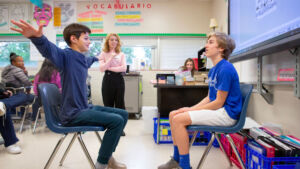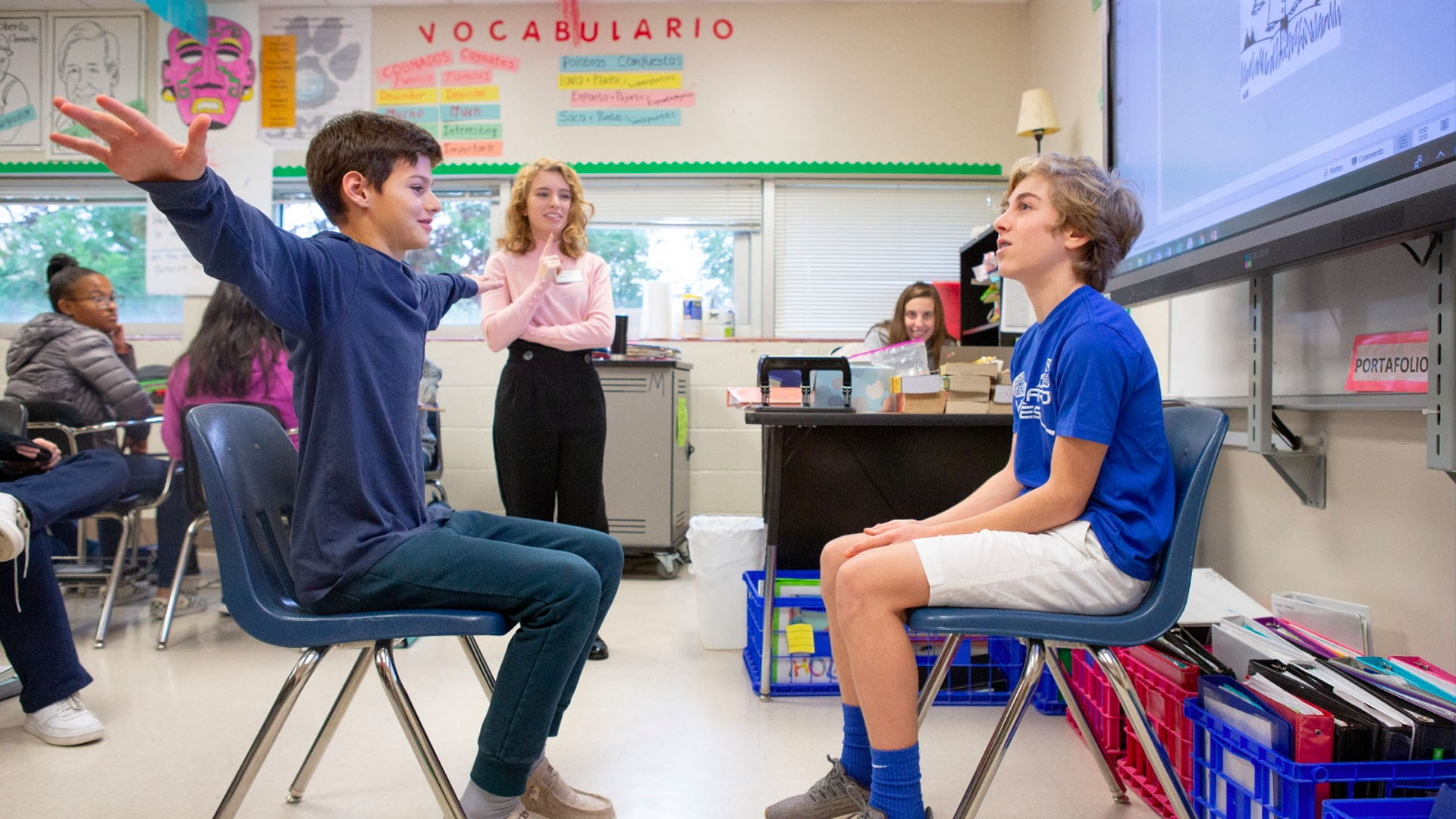These days, we hear a lot about high impact instruction frameworks to combat learning loss. Most often, we talk about these practices in theory, but how can they actually be applied to the classroom? At Keep Indiana Learning, we’re committed to giving teachers the resources they need to educate each student that spends time in their classroom. Learn more about popular high impact techniques and how you can implement them throughout the school year.
What is High Impact Instruction?

High impact instruction is a way to describe methods of teaching that reliably increase students’ learning, engagement, and retention. While any good education should be individualized to a degree, these strategies allow teachers to apply proven techniques in a group setting. Even though you want to provide personalized instruction, that isn’t always possible. But to keep learning high and engagement up, you can’t go wrong with high impact instructional teaching strategies.
Strategies for Making the Material Stick
Every student is unique, and that makes every classroom unique. Nevertheless, you can count on a few high impact strategies to make the most out of group instructional time. Here are just a few ways to keep students engaged throughout the day: Collaboration Is Key It’s no secret that group work is a great way to promote participation. Not only do collaborative assignments teach the material, but they can also encourage responsibility, leadership, compromise, and negotiating skills. Get Out into the Community Whenever possible, incorporate service learning into your curriculum. We’ve all heard students gripe, “When will we ever use this?” When you implement community engagement, they’ll use those skills right away! You might design a service-learning project out in the community or use classroom time to create meaningful work for a local organization. Use Worked Examples Worked examples come up repeatedly when talking about high impact techniques and accelerated learning. This strategy involves working through problems step by step and explaining each phase of the process. Worked examples help students see the why behind the solution. Repetition Doesn’t Have to Be Boring Multiple exposures to a certain problem or subject matter go a long way to retention. However, that doesn’t mean that you have to implement the same worksheet over and over. Instead, brainstorm new ways to communicate the material so repetition doesn’t necessarily feel like repetition. For example, maybe you introduce the subject with a PowerPoint, and then later in the week, you reinforce those ideas with a group activity. When multiple exposures are spaced out over time, you could see a significant decrease in learning loss! Learning by Answering Questions Try a more in-depth approach instead of asking straightforward questions like “Who was the first President of the United States?”. Ask about the why of a particular topic to allow for critical thinking. When we ask, “Why was Washington elected the first president?” rather than stopping at the who, students have more opportunities for a deeper understanding.
Check Out Keep Indiana Learning’s Other Resources
Running a classroom is rarely easy, but the challenge is worth it when you see the gears turning in kids’ minds as they discover new things. Keep Indiana Learning is proud to support teachers in their efforts to prevent learning loss and educate students in the most effective way possible. Be sure to browse our many resources for educators throughout the state or participate in one of our upcoming events!
Resources
Please login or register to claim PGPs.
Alternatively, you may use the PGP Request Form if you prefer to not register an account.



